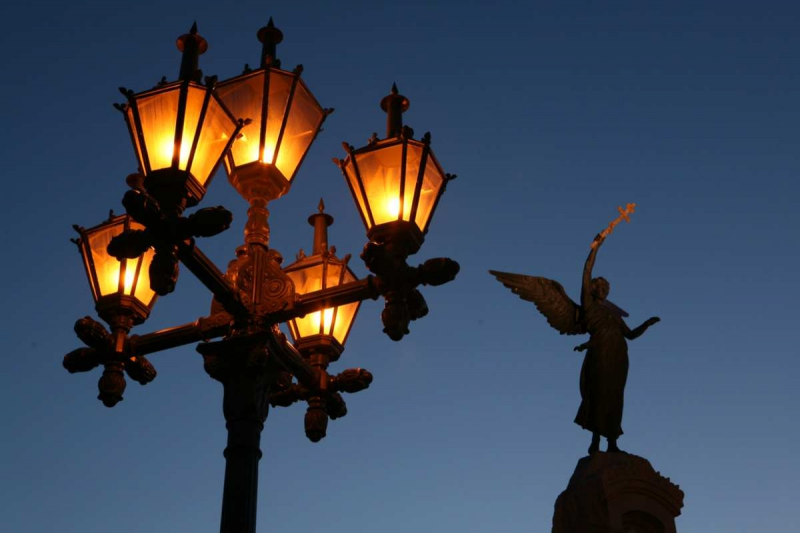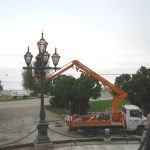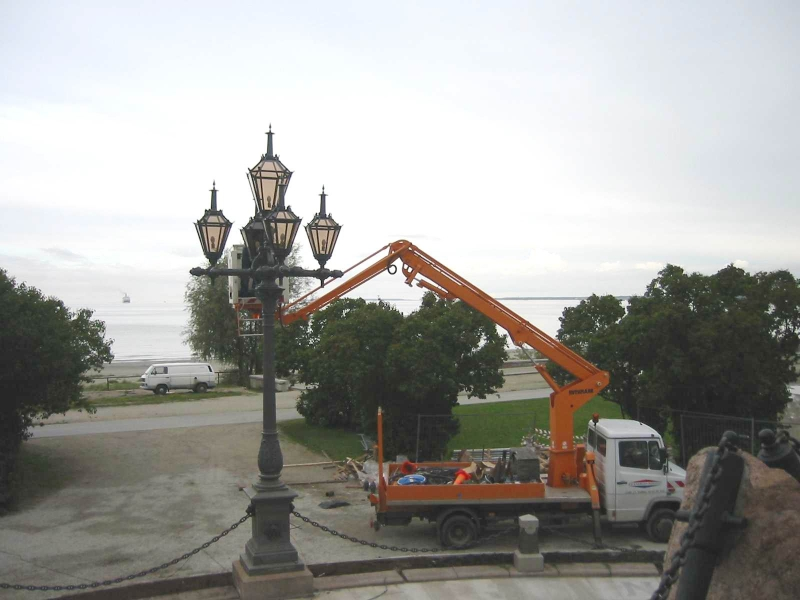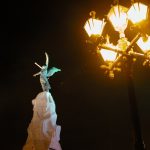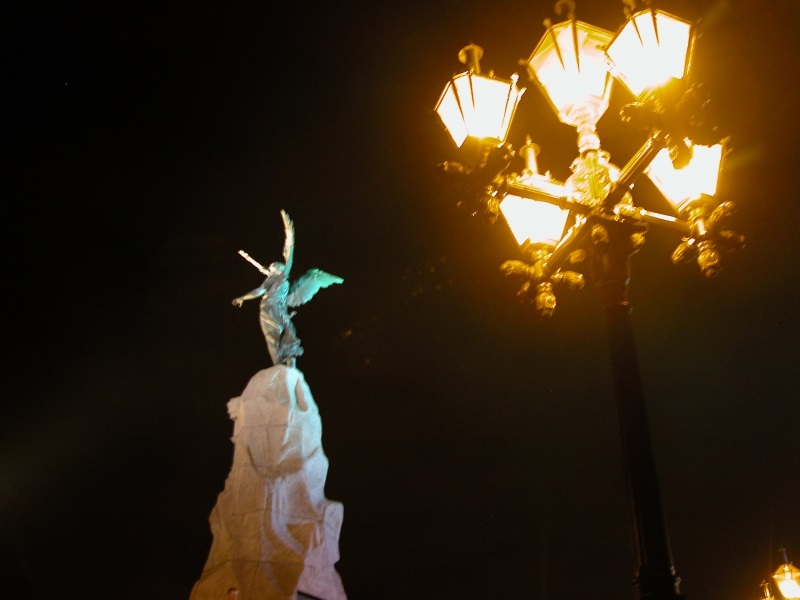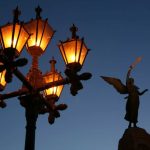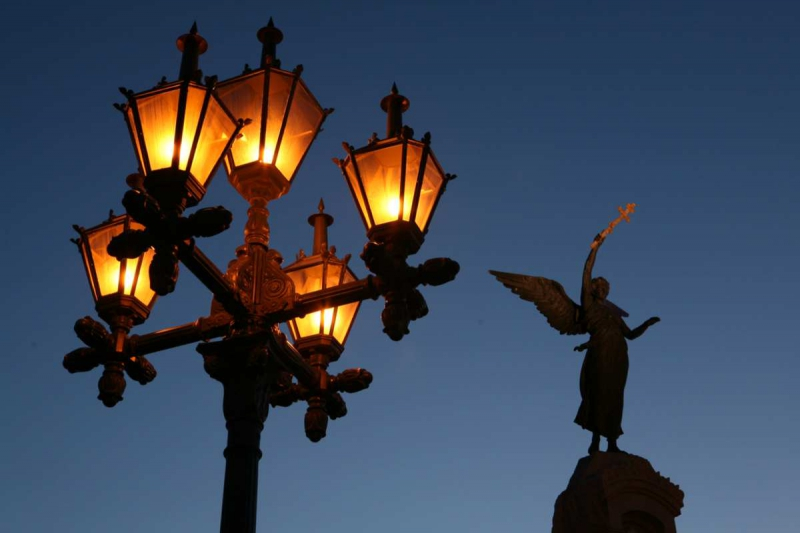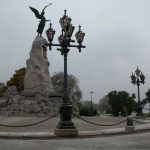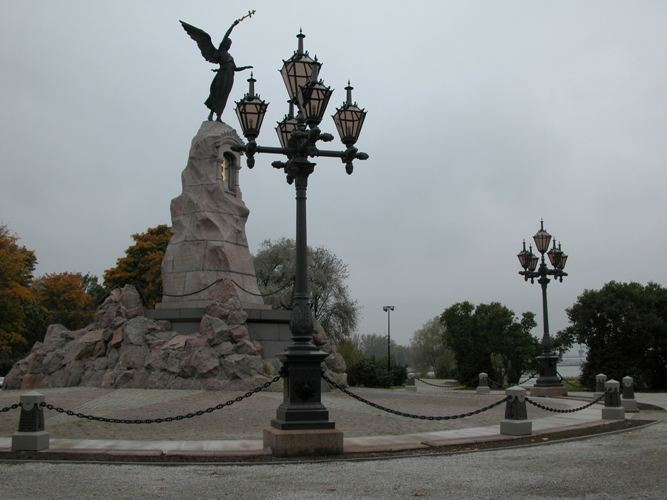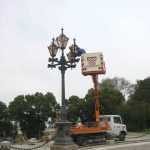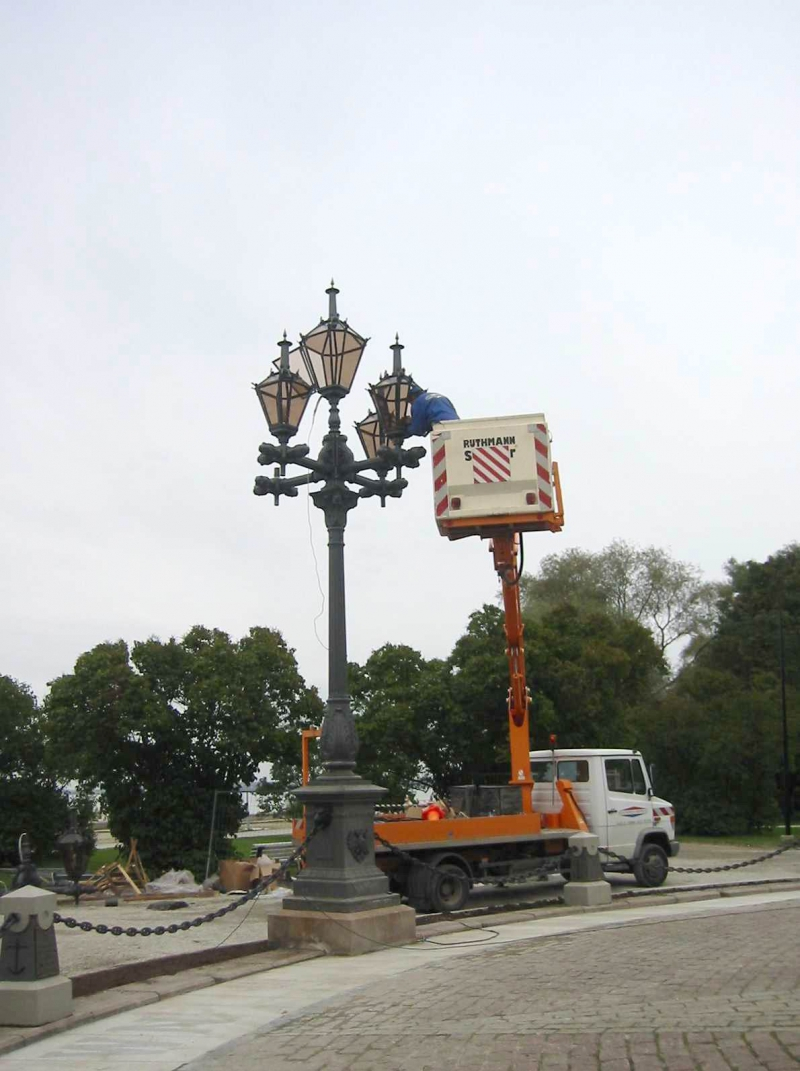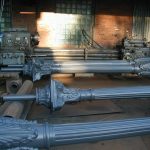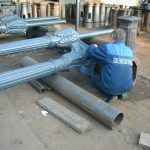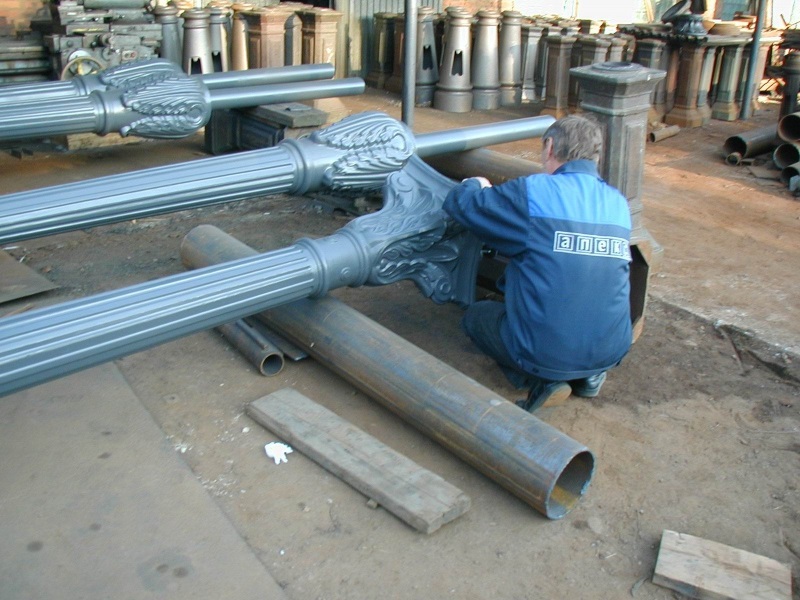Any human activity is sometimes associated with almost unbelievable events in which you involuntarily find yourself involved.
Even in manufacturing, there are such cases.
The city services of Tallinn, having at their disposal only old photographs of the early 20th century, turned to various manufacturers in order to recreate the historical appearance of the Rusalka monument, but it seemed impossible to find specialists who were ready to take on such work. Received a request for this work and our plant. We understood the responsibility, complexity, scale, the almost complete absence of technical specifications, having only old photographs faded from time to time, and, most importantly, a deadline of 4 months.
The story began in the 19th century, in 1893, when a coast guard battleship of the Russian Imperial Fleet sank during a 9-magnitude storm and heavy fog in the Gulf of Finland. Ten years later, in 1903, in Tallinn’s Kadriorg Seaside Park, Amandus Adamson erected a monument in memory of the dead sailors of the battleship. The monument was a bronze angel standing on a granite pedestal. The sculpture was framed by massive granite pillars with chains, and on the four sides of this fence there were huge cast-iron lanterns, in the lamp of each of which an adult could fit.
During World War II, many buildings and trees were damaged in Tallinn as a result of multiple bombardments and battles. Among other destruction, cast-iron lanterns at the monument in Kadriorg Park were completely destroyed.
In 1991, with the independence of Estonia, work began on the restoration of the park. Energia Consult, the state lighting company of Tallinn, having at its disposal only old photographs from the beginning of the 20th century, turned to various manufacturers of cast-iron street lamps in order to recreate the historical appearance of the architectural ensemble, but it seemed impossible to find specialists who were ready to take on such an extraordinary job. Our company also received a request for this work. It should be noted here that we are distinguished by a strange craving for such tasks, apparently due to the creative temperament. Understanding the responsibility, complexity, scale, the almost complete absence of technical specifications, having only old photographs faded from time to time, and, most importantly, a deadline of 4 months, we took up this work.
A detailed engineering study and electronic modeling of future lanterns was carried out. Artists and designers recreated the decor of cast-iron pole elements. Technologists and designers designed lamps that are historical in appearance, but modern in terms of performance.
The colossal work was completed on time and with a brilliant result. Replicas of historical cast-iron lanterns were mounted and accepted by the mayor, and our company received Estonian gratitude and an incredible experience.


